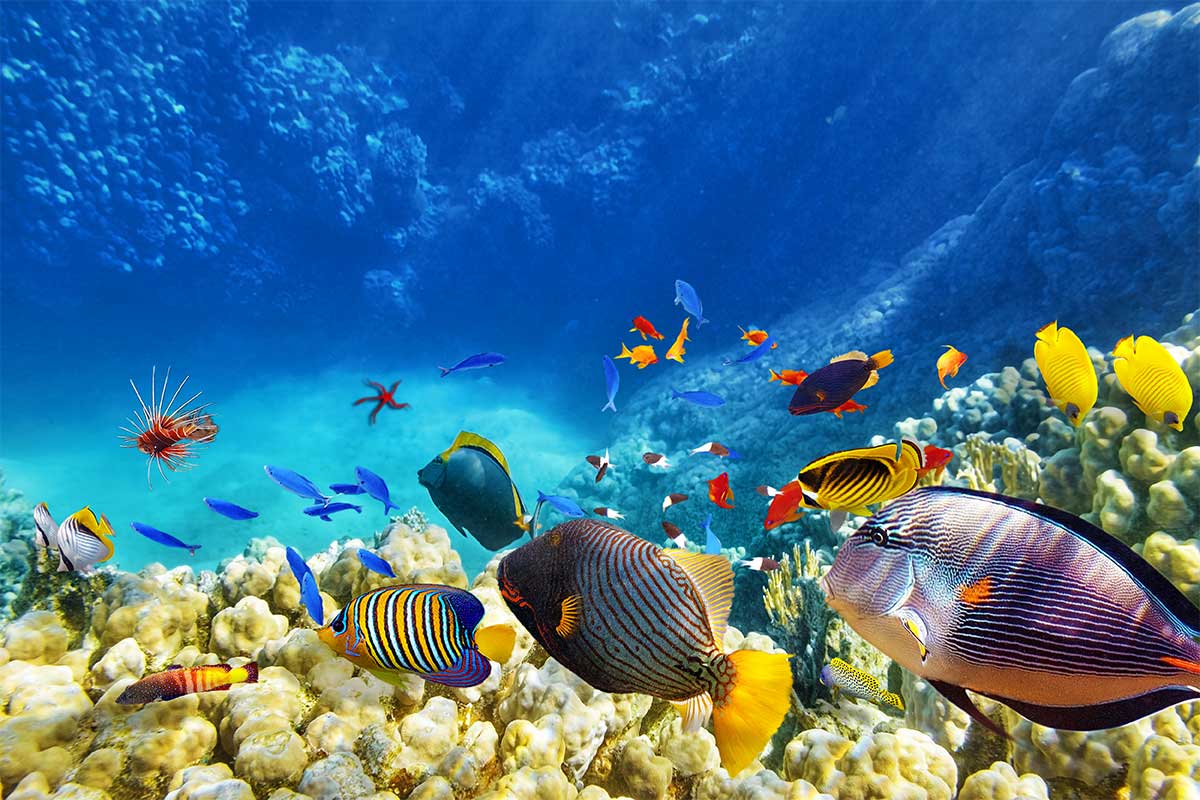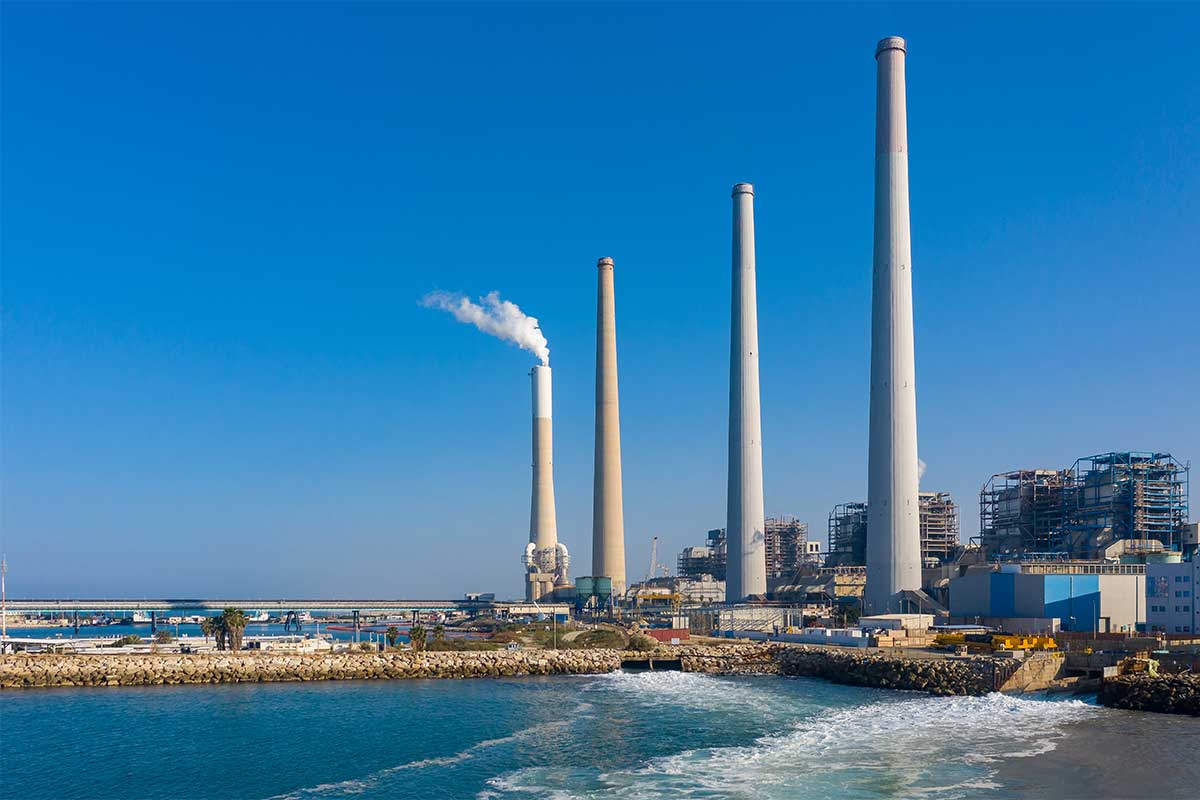Research and Development labs are no different to any other consumer-facing business. To survive and prosper they must keep an eye on market trends and emerging problems that need to be solved. Since as our brand name suggests we are very involved in the effort to transition society and the economy away from a ‘no-zeros’ one, responsible for polluting our planet, and move it towards ‘net zero’. We are always looking for profitable ways to undo the damage new technologies cause. We always do this with profit in mind, since it is our experience that unless green solutions to environmental problems also make money, they are very unlikely to be adopted. When they make a profit and protect the environment they are welcomed by people of good will everywhere.
We have already produced a system for the green and profitable production of hydrogen and important chemicals from one of the most unloved kinds of scrap metal, and now we are turning our experimental work towards a profitable and practical solution for the problem of ‘peak salt’, the damage being caused by desalination plants all over the world. Beyond this we are being encouraged by some very well-known physicists to develop some early experiments into what we call ‘AF’ – accessible (nuclear) fusion, also called LENR or cold fusion. But most of that project is yet to begin, for now we are sticking with ‘BC’ – benign chemistry to help build a better world.
PROJECT 2.0 – PEAK SALT IS COMING – AND IT’S KILLING THE FISH
Desalinated seawater accounts for a worldwide fresh water production of 7Bn tonnes/year. The main locus of desalination plants is the Arabian Gulf, but other regions are catching up, for example the Mediterranean coast, Red Sea, California coast, Chile, China, India, Africa and Australia. The Gulf States are the among the world’s driest parts of the world, so are building desalination plants because they have growing populations and an expanding industrial base, all of which puts a huge strain on freshwater resources. The mighty Tigris-Euphrates-Shatt Al-Arab river complex once met this demand, but these rivers pass through many countries who have constructed dams and irrigation projects that reduce flow into the Gulf. This problem is not helped by the fact that the Gulf has little connection to the high seas and suffers very high solar evaporation rates. These desalination systems using reverse osmosis systems or evaporation/condensation are coming into widespread use in arid regions of the world. They may be used in coastal areas to process seawater on the spot, or further inland to desalinate ground water, which may be only slightly salty.

Modern ocean-side plants are generally what is called ‘double pass’ osmotic desalinators, where the water is passed twice through special membrane systems to separate some of the brine into salt-free and strongly salty fractions, whereas lightly salty water requires only ‘single pass’ systems.
All of these methods share a common problem, which is that the rejected fraction of the intake water needs to be disposed of. In some locations, regrettably few, this concentrated brine may be pumped into salt-pans where the water evaporates allowing salt to be collected and traded on the market, but the usual practice is to return it to the source aquifer or to the sea. All this has created the ‘peak salt’ problem, since the more fresh water is extracted by desalination; the more hyper-salty brine is dumped back into the sea. As this returned salt makes the Gulf saltier, desalination becomes more difficult and costly until the sea-water intake becomes so saline it is too expensive to desalinate.

This addition of around 70 million tonnes of super-strength brine from desalination every day has already made Gulf 25% saltier than the Atlantic, a figure which is increases by 1% every year. This concentrated brine, containing 40-50 kg. of salt per tonne, is already causing many environmental problems which are particularly noticeable in the Gulf and along the Pacific coast of Chile. The destruction of shellfish beds and loss of once common fish species caused by blanketing the seabed with dense brine are only the first signs of a problem that will grow as rising demand for water makes desalination a vital part of many economies. Efforts are also under way to reduce desalination’s country-sized carbon footprint which globally accounts for 76m tonnes of carbon dioxide per year. The Global Clean Water Desalination Alliance was formed in 2015 to tackle this problem by increasing efficiencies and shifting to renewable energy sources, such as solar-powered desalination. They say “Climate change policymakers in the (Gulf) region are pushing for water pricing and awareness campaigns around consumption to explain to governments and citizens that they can’t continue to use water in the same way.” Despite this the Gulf states plan to nearly double the amount of desalination by 2030. This is bad news for marine life and for the cost of producing drinking water – unless something can be done about the brine.
OUR SOLUTION TO THE PEAK SALT PROBLEM
We have developed a novel combination of established chemical processes designed to solve in particular and in an innovative and profitable way the environmental problems caused by the discharge back into the sea of concentrated brine from desalination systems. We use proven electrochemistry, new insights and methods gained from the recently expanding field of battery technology. This process is currently the subject of a patent application. It involves putting the discharged brine into a novel form of split-cell reactor where it is transformed into new commercially useful solid chemicals plus heat, hydrogen and electricity. Apart from the brine other inputs are carbon dioxide from the atmosphere or from generator exhaust and a modest percentage of another waste-derived – thus green- solid material the nature of which is proprietary. Every ton of this solid material input plus the brine and 2 tonnes of CO2 yields 10 tonnes of saleable chemicals plus over 7MW/h of mixed hydrogen energy, direct electrical energy, and process heat. All of this can be used to evaporate water from the chemical products, and this evaporated fresh water can be captured and returned to the intake of the desalination plant which will increase its efficiency. Taken together the cost of the inputs for this system are less than 10% of the value of the outputs, plus it offers desalination companies the opportunity of becoming the first suppliers of ‘low to no’ carbon green chemicals to a combined market worth over $20Bn/year. Currently these same chemicals are made by polluting and energy-intensive processes, which create CO2 and habitat destruction, so we achieve a double benefit, reducing ’at a stroke’ pollution from not one but three other sources.
ON THE HORIZON – ACCESSIBLE NUCLEAR FUSION
We have begun a collaborative effort with some very well-known nuclear scientists to develop a pollution free method of creating heat and possibly electricity directly from a new way of fusing hydrogen with inexpensive metals. This is very much a future project, since at the moment our efforts are concentrated in rolling out the H2Pod and finishing bench testing of our desalination technology. But it will happen soon since it offers a solution to the energy problem in a unique and scaleable way.

